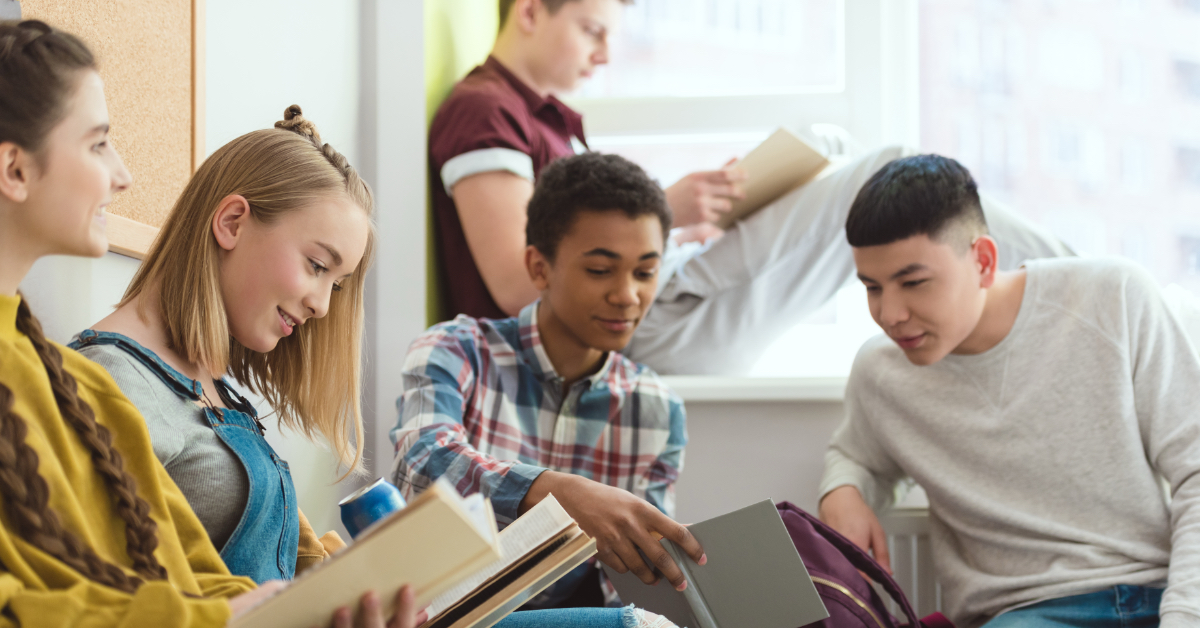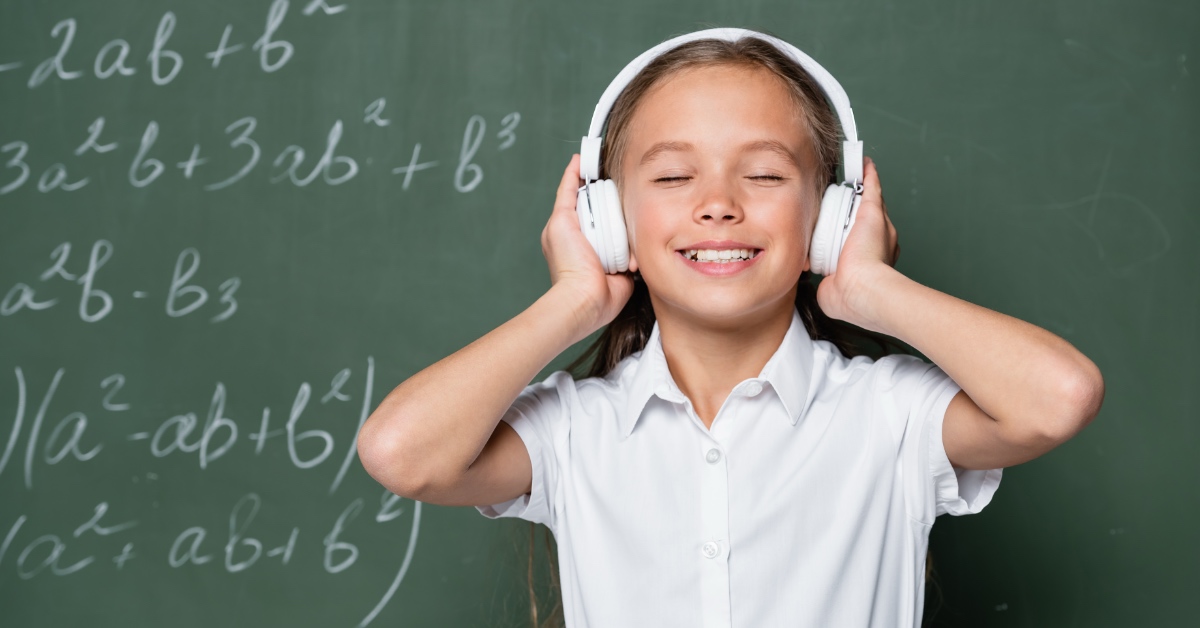
The pandemic took a toll on the state of education in the United States. Data showed that stress and inconsistencies throughout the 2020–2021 school year resulted in students with gaps in their education, especially math. Even if your schooling didn’t face disruption due to Covid-19, life often presents other scenarios that may interrupt learning progress and routine. As students start another school year, the feelings and concerns of “learning loss” are coming into focus. What exactly does this mean, and what can educators do to overcome it?
Temporary Loss of Knowledge or a True Gap in Knowledge?
First, let’s explore the difference between a temporary loss of knowledge, like “summer brain” in pre-pandemic times, and a true gap in knowledge. Historically, students have had a decline in knowledge over the summer months between school years, with math suffering a bigger drop. The difference between “summer brain” and a learning gap was covered in a discussion by Demme Learning’s Customer Success Consultants. Using data from years of studying this “summer brain,” researchers are trying to predict the true impact of the Covid-19 pandemic on educational progress. When a student experiences a minor setback in learning, they will often remember answers or processes when prompted and immediately start to fill in the blanks of what they’ve learned previously. Also, if the student can step away for a break and then come back to the problem with fresh eyes, that would indicate a minor “summer brain” learning loss.
In contrast, some students did not get to cover all of the material they would normally have learned during the course of a school year, leaving them to play catch-up as a new school year begins. Even when prompted, they may be unable to grasp a concept because it was either not covered or they were not able to properly master it before the learning disruption. They could exhibit signs of stress or negative emotions about the subject when given an assessment, indicating a true gap in knowledge.
Maintaining a Positive Emotional Experience
Regardless of whether the problem is a learning loss or learning gap, the most important step in overcoming the problem is to maintain a positive emotional experience around it. Simply changing the language from “learning loss” to “unfinished learning” can take away the emotionally-loaded connotation of failure or shame. Older students may feel stress or anxiety about falling behind, while younger students will pick up on the attitudes of adults in their lives and mimic that negativity. We must remember that many learners have experienced trauma through this pandemic, whether directly losing loved ones; having caretakers lose jobs and sources of income, resulting in financial insecurity; or even coping with the effects of social isolation. It’s long been known that stress inhibits learning, and this trauma will have a long-lasting impact on academic progress far into the future for this generation of learners. In a McKinsey & Company article on unfinished learning, it was noted that, “Research shows that trauma and other mental-health issues can influence children’s attendance, their ability to complete schoolwork in and out of class, and even the way they learn.” And in another article from the Mind Research Institute, Brian Letendre states, “If we remain too focused on the concept of “lost” learning, and of students being “behind,” then we will only add to the trauma that students have already experienced due to this pandemic. We have an opportunity to shift from the deficit-based discussion of “lost” learning, to an asset-based approach regarding “unfinished” learning.”
So now that the problem is exposed and documented, what can educators and parents do to support their students?
4 Key Things to Focus On When Helping Students Recover from Any Learning Disruption
1) Be a Steady Source of Support
The role of parent and teacher has never been more important than now. Regardless of the disruption, your ability to keep learning on track is invaluable since you know your student best.
2) Re-Engage Students in Their Learning
While the roles of parent and teacher are vital, it’s also a great time to give the student more latitude with their education. Ask them questions about what interests them. Have them provide feedback on your plans before beginning them. Being able to differentiate learning to the student has a long history of success, but now it could be the key in getting the student back on track quickly.
3) Focus On Those Areas That Are Still Weak
If you’ve identified a gap in learning, don’t feel that you have to repeat an entire year’s worth of curriculum. By using assessments and observing the student, it should become clear which areas are weak. Once identified, you can focus your efforts on those concepts only in order to advance quickly.
4) Use Supplemental Resources
Resources that are created for supplemental learning can be instrumental in these situations because they move at an advanced pace and focus on foundational skills. Using these tools can allow you to continue on in other areas while filling in gaps from a learning disruption. Math-U-See’s Accelerated Individualized Mastery (AIM) for Addition and Subtraction and AIM for Multiplication with a Bridge to Division were created with this supplemental approach in mind.
Another invaluable resource is your local public library. Beyond books, many offer learning toys, games, tablets, multimedia items, free group programs, and internet access to those who may not have it at home.
Finally, many websites curated lists of websites or apps that provided supplemental learning opportunities during the Covid-19 closures and beyond. Here are a few to check out:
Here Are The Top 7 Websites For Free Online Education (Forbes)
350+ Amazing Online Learning Resources (We Are Teachers)
The Best Free Apps and Websites for Learning (Common Sense Education)
We Are Here to Help
If you have questions about teaching math, spelling, or grammar, we are here to help!




Leave a Reply